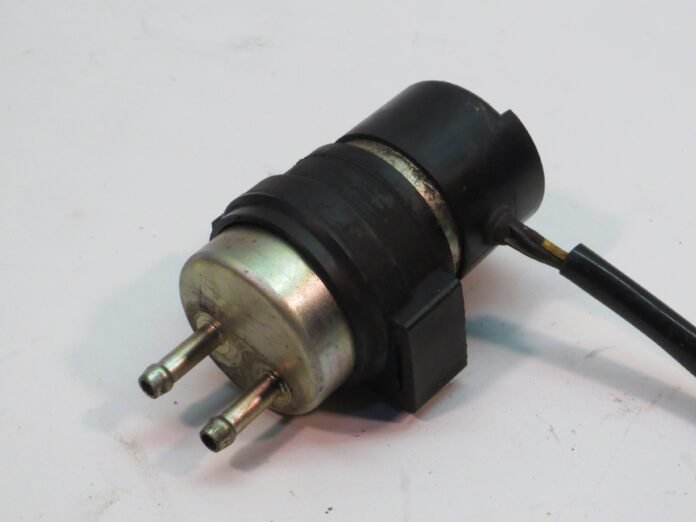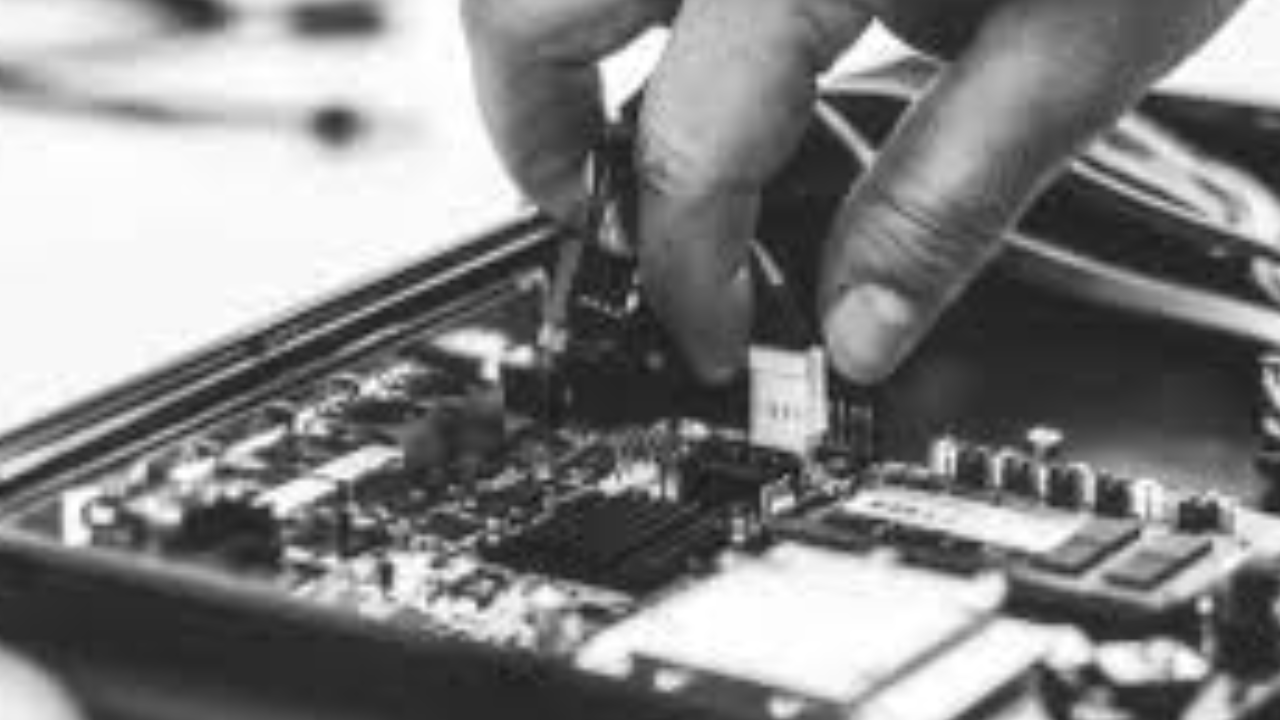A proper diagnosis of your fuel pressure is essential. After all, it minimizes the need for excellent pumps to be replaced. An unnecessary change wastes everyone’s time because replacing a tank-mounted pump might take several hours.
For the time being, the one and the only way to check a gasoline pump is on the car. This requires a certain amount of expertise as well as the use of specialized equipment.
If a motor does not appear to be getting enough gasoline (cranks and also has sparked, but will not start) there is a simple test. Just listen to the pump operating for a few seconds whenever the ignition is initially switched on. The lack of a buzz from the pump indicates that the gasoline pump is not operating. It might be a faulty pump or an electrical issue. Here are the other tips on how to test your kawasaki mule fuel pressure:
Is your vehicle getting enough fuel pressure?
If a motor is started but does not run well (has no horsepower), it may be due to a lack of fuel pressure. Connecting a fuel pressure sensor to the outlet connection on the gasoline rail or into the fuel supply line will allow you to check this.
If the gas pressure is far less than the standards, the very next step is to inspect the pressurization valve, gasoline lines, and fuel filter for any issues. A fuel pump inspection should also include a measurement of just how much fuel the unit is delivering. A faulty pump may produce appropriate pressure at rest but is unable to catch pace with the engine’s fuel needs at higher speeds, resulting in a loss of power.
Fuel amount can be measured with a flow rate into the fuel supply or return line. It can also be measured by disconnecting the fuel supply segment from the fuel system and placing it in a container to examine how much fuel the pump distributes in 30 seconds.
If a gasoline pump fails, several other procedures must be taken to prevent it from failing again. If the previous pump was tainted by dirt or corrosion from the gasoline tank, the fuel tank must be drained or changed.
All rubber gasoline lines in the fuel system should be thoroughly examined for cracks, leaks, or corrosion, and hoses older than 10 years should be changed.
Tips on how to test the fuel pressure
Here are a few pointers if you need help measuring your fuel pressure:
- On fuel-injected engines, fuel pressure is crucial. Gas pressure should be within the requirements for the engine to function properly. There are no hard and fast standards since needs might range from 30 psi to 90 psi depending on the vehicle
- If stationary fuel pressure is below requirements, the fuel pump may not be functioning at a regular pace due to its relatively low current (a loose or damaged wire connection or grounding) or excessive resistance in the relay.
- A hard starting issue might be characterized by loss of residual fuel pressure and flow caused by a defective check valve inside the fuel pump or a leaking fuel pressure valve.














